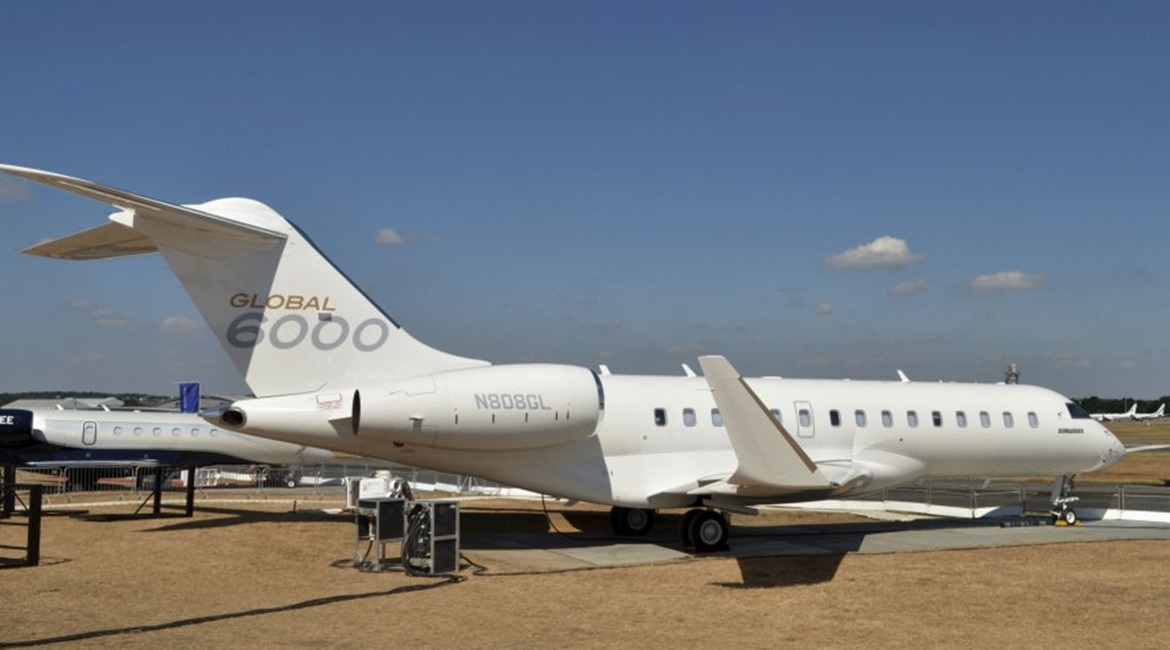
The US Army intends to use upcoming exercises to conduct sensor evaluations for a planned high-altitude fixed-wing airborne intelligence, surveillance, and reconnaissance (AISR) capability that it first publicised towards the end of 2018.

The Bombardier Global 6000 is proving to be a popular choice for conversion to military applications and would meet the US Army’s high-altitude AISR basic airframe criteria. (IHS Markit/Patrick Allen)
According to the Special Electronic Mission Aircraft (SEMA) Product Directorate of the Fixed-Wing Project Office (FWPO), the army will use Defender Europe in the second quarter (Q2) of 2020 and Defender Pacific in Q3 of 2020 to evaluate AISR sensor performance when flown at realistic mission altitudes and stand-off distances against high fidelity, threat-representative systems.
Jane’s first reported the US Army’s AISR requirement when the service released its original request for information in November 2018. In its latest solicitation, the service has updated the performance parameters for the platform that it requires to conduct high altitude, deep sensing in order to locate, track, and identify combat vehicle-sized targets, and support targeting for long-range precision fires (LRPF) via existing US Army tactical networks.
The new parameters for the aircraft released on 8 April comprise an operational altitude of between 40,000 ft and 51,000 ft (up from the original “greater than 35,000 ft”); an endurance of eight hours or greater; an ability to operate for 28 days outside the contiguous US; be Global Air Traffic Management (GATM) compliant; be equipped with voice and data tactical communications (line-of-sight and/or beyond-line-of-sight); and be Selective Availability Anti-Spoofing Module (SAASM) compliant. Previously, the army had said that the aircraft must also be able to operate in an anti-access/area-denial (A2/AD) environment.
Looking to read the full article?
Gain unlimited access to Janes news and more...




